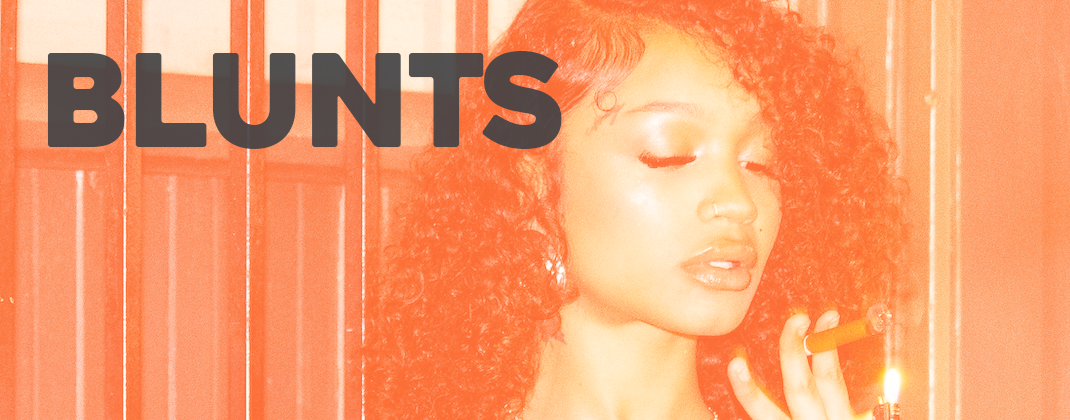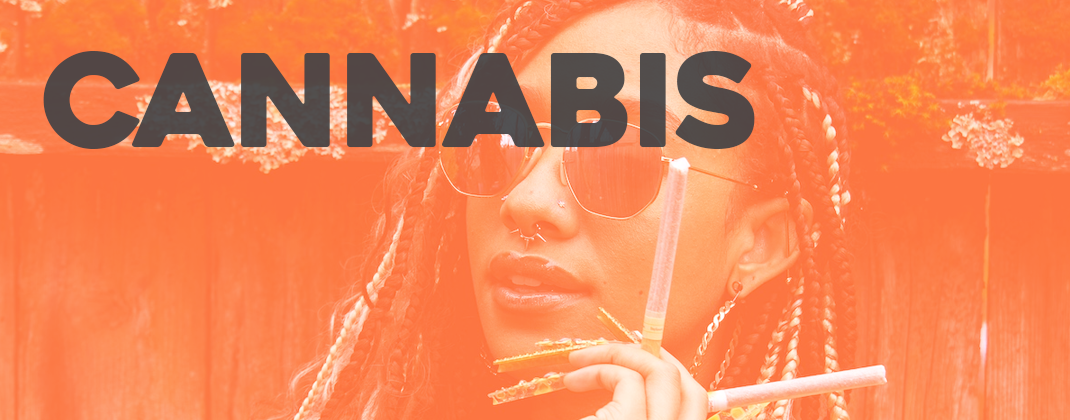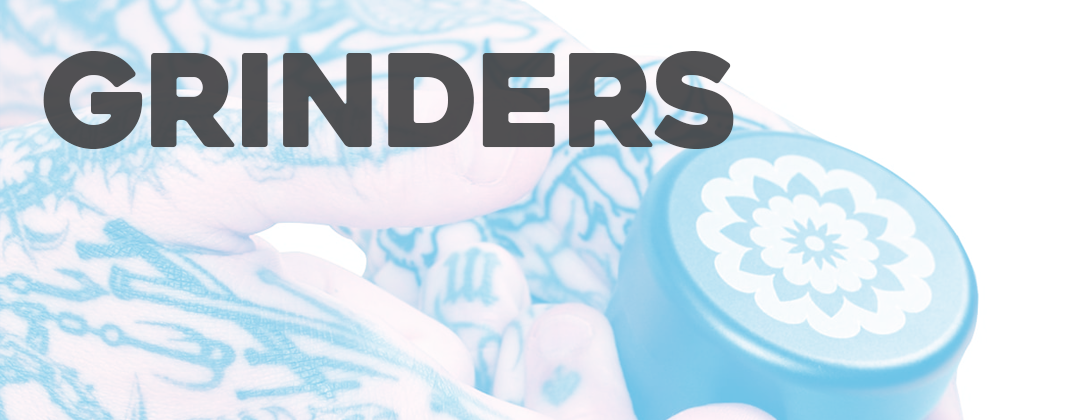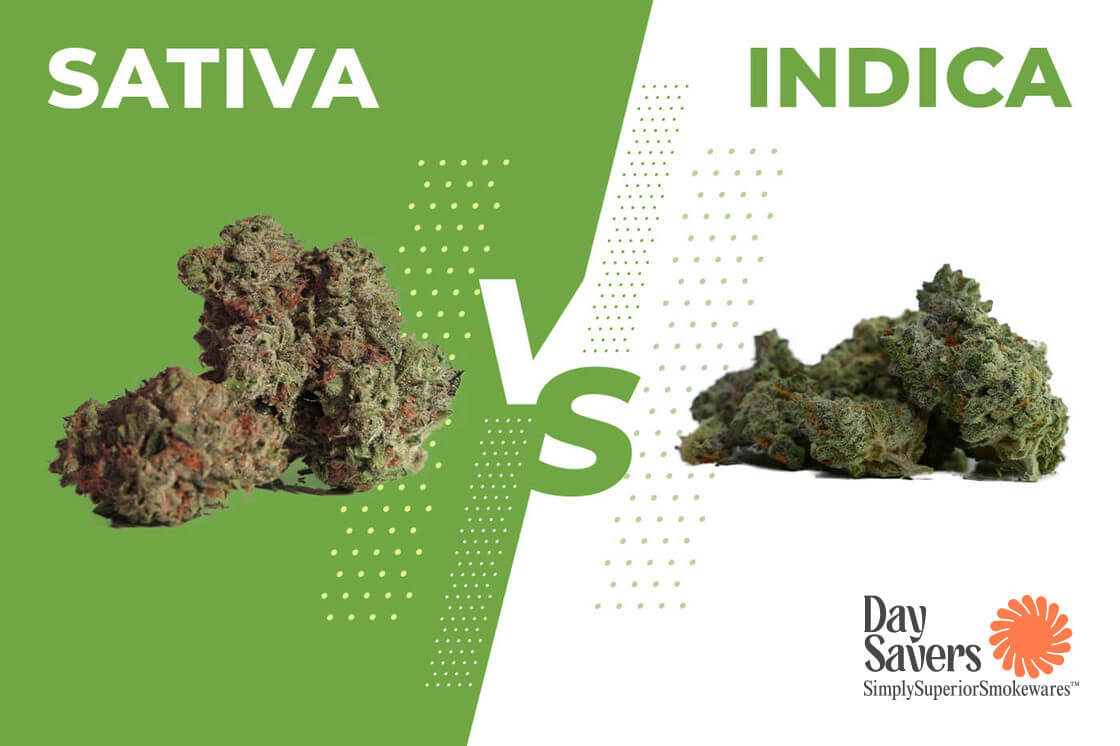The Difference Between Sativa and Indica and Why You Should Care
Posted by DaySavers Team on Jun 1st 2022
Although a popular method, grouping cannabis strains into broad Sativa and Indica categories to define their effects is no longer considered the best way to differentiate between strains. It’s a slightly old school approach, as we now know there’s a lot more to a cannabis strain and its effects than whether it’s Sativa or Indica.
However, there are still some distinctions between Sativa and Indica that are important to know so you understand exactly what you’re getting at the dispensary. Read on to learn more.
The History of Sativa and Indica
“Sativa” and “Indica” were first tacked onto “cannabis” in the 18th century in an effort to define the different species of the cannabis plant. Both have been important commercial crops for centuries, though they’ve been used for slightly different purposes.
Back when the species were first defined, Cannabis Sativa was found mostly in Europe and harvested for its fiber and seeds. The descendants of Cannabis Sativa are what we now know as hemp. Cannabis Indica was more widely grown in India. It was also cultivated for fiber and seeds, but more importantly, many grew it for its intoxicating effects. The descendants of Cannabis Indica are the basis of the plants we consume today.
Sativa
This species of cannabis was originally known as Cannabis Indica ssp. Indica. Today, what we know as pure Sativa is found in hot, dry climates. Think Africa, Central America, and Southeast Asia. These plants are tall and thin, growing as high as 12-20 feet. Their leaves are skinny and long, and they tend to have proportionately higher ratios of THC to CBD. Some popular Sativa strains include Blue Dream, Green Crack, and Durban Poison. These specific strains tend to give you more of a head high versus a body high, and they have an energized, mood-boosting effect. They can make you feel productive, creative, and ready to tackle the day.
Indica
Originally Cannabis Indica ssp. Afghanica, these plants are accustomed to harsher, more turbulent climates. You’ll find true Indicas in India, Afghanistan, and Pakistan. Indica plants grow faster than their Sativa counterparts and are stockier and bushier, with wide, broad leaves. They tend to have higher CBD levels without skimping on the THC content. Popular Indica strains include Granddaddy Purple, Zkittlez, and GMO. These strains are great for relaxation, easing discomfort, and encouraging rest. They’re most commonly enjoyed at the end of a long day to unwind and chill out.
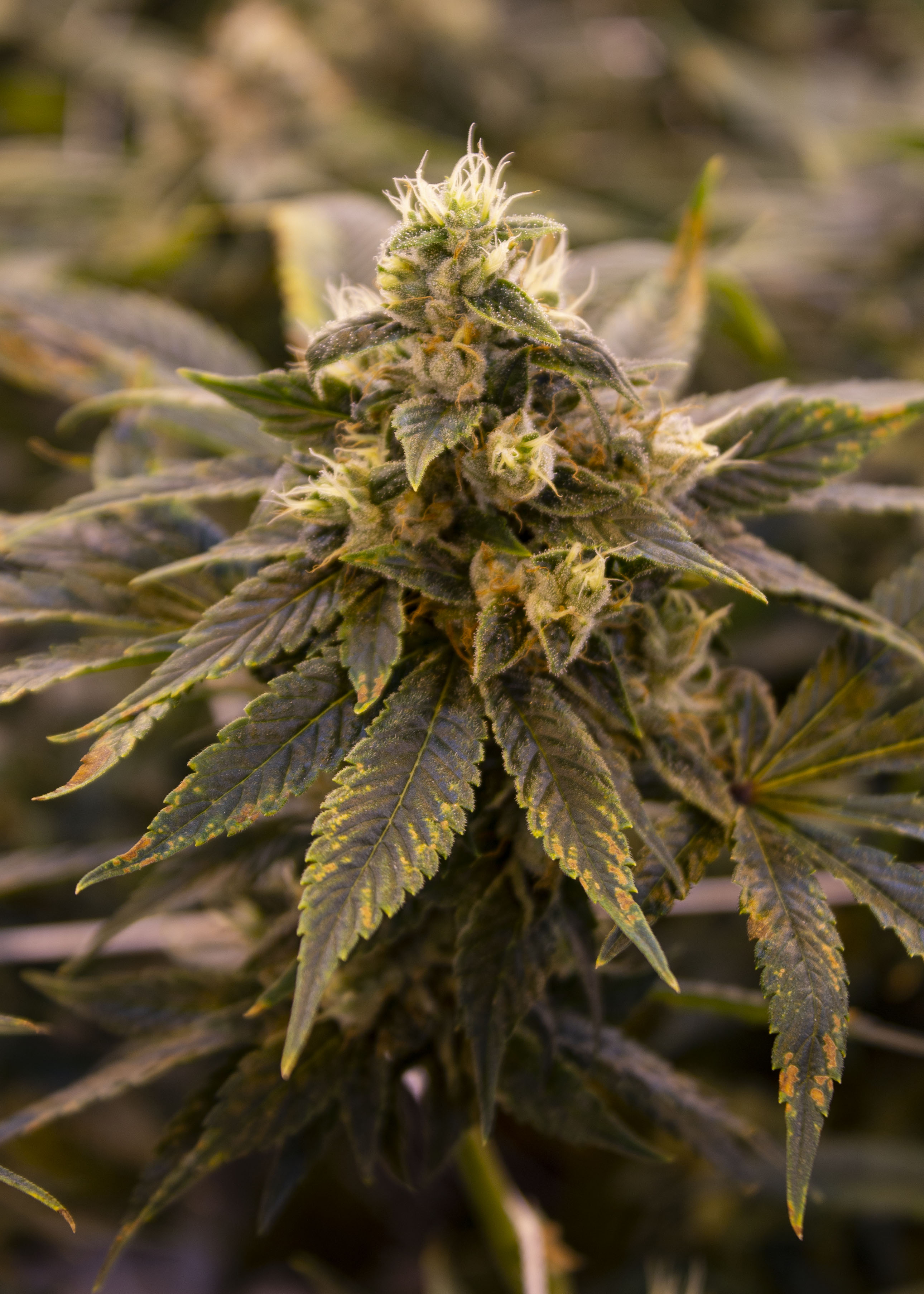
Hybrid
There’s a third term you should know before you head out to the dispensary: hybrids.
Finding true Sativa or true Indica strains in your local dispensary isn’t the easiest thing to do anymore. Most of the strains available for consumption today are actually hybrids, meaning some sort of cross between Sativa and Indica. The effects you experience from a hybrid can vary depending on whether they’re Sativa or Indica dominant. They can range from relaxing to uplifting or can deliver a unique combined experience. Favorite hybrid strains to look for include Gorilla Glue, OG Kush, and Girl Scout Cookies.
While it can be easy to say you lean more toward Sativa-dominant hybrids or Indica-dominant hybrids, there are other components to all your favorite strains that can’t be boiled down to simple terms like Sativa and Indica. It’s important to remember there are also naturally occurring compounds like terpenes and cannabinoids at play, working together to give you a unique high experience no matter which species you’re consuming.
Terpenes
It’s thought that terpenes might play a big part in the different highs and affects you get from different cannabis strains, although research is still catching up in that department. However, it’s helpful to have some general knowledge about the most common terpenes, and how they might be impacting the affects you get from your favorite bud.
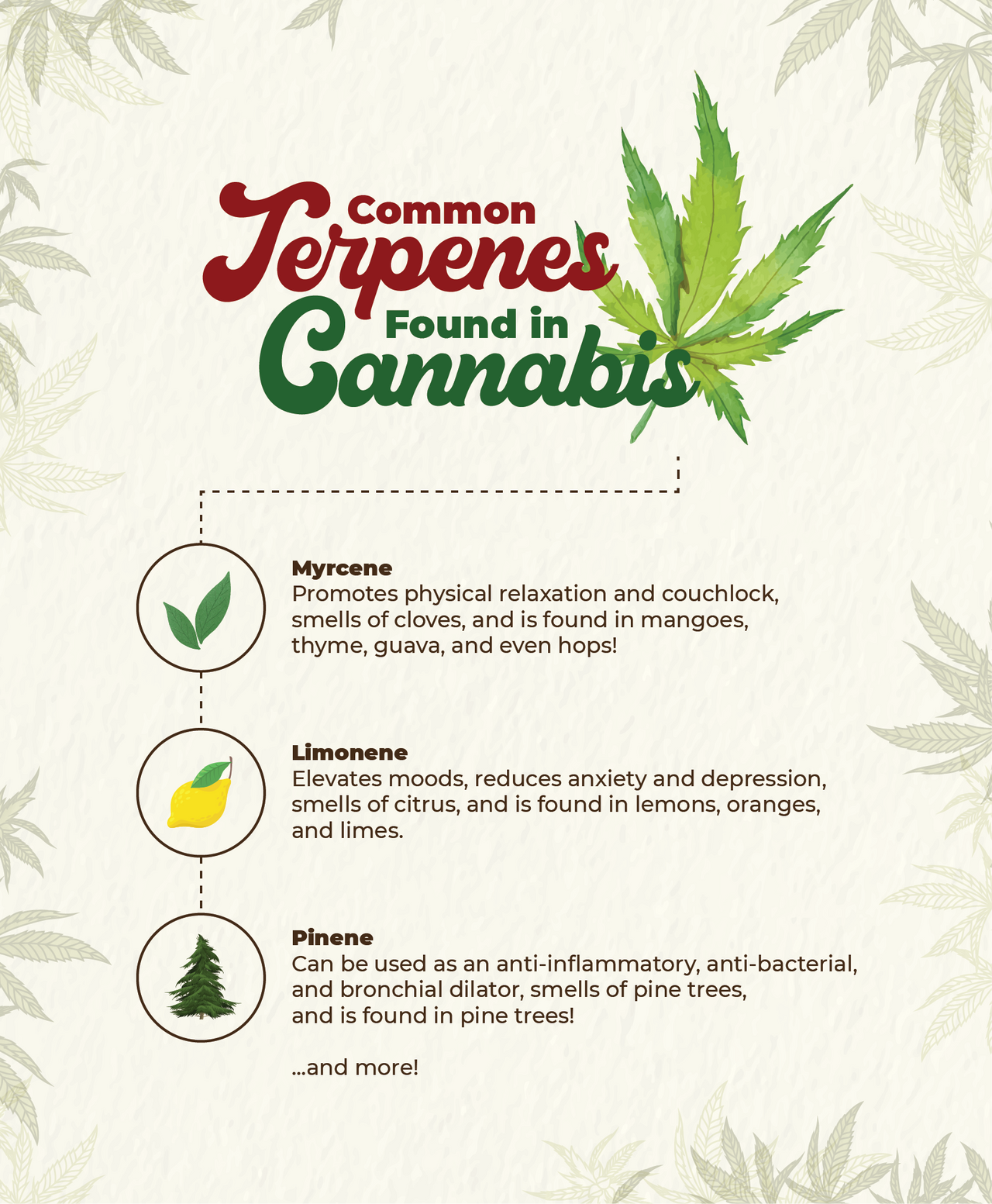
- Myrcene is the most abundant terpene found in cannabis. It smells earthy, similar to cloves, and is thought to be useful in helping pain and inflammation. You can find myrcene mostly in Indicas with sedative effects. If you’re interested in experiencing myrcene, check out Skunk XL, White Widow, or Special Kush.
- The second most popular terpene you’ll find in your cannabis is limonene. As the name suggests, it smells super citrusy, like lemons. Limonene might be a mood booster and a stress reliever, though we’re still learning about it. Look for strains with “lemon” or “sour” in their names for a dose of this terpene. Sour Diesel and Super Lemon Haze are two popular ones.
- Linalool is a terpene with a super floral scent, like lavender. It also has spicy tones and can be found in other plants like coriander and cinnamon. This terpene is thought to have super sedative and relaxing effects. Amnesia Haze and Special Kush are linalool-heavy strains.
- Known for its earthy, woodsy notes, humulene is what gives both hoppy beers and cannabis their unique, diesel-y scent. Modern research has shown this terpene to be an effective anti-inflammatory and antibacterial. Reach for Death Star, Thin Mint GSC, or Candyland for a heavier dose of humulene.
The terms Sativa and Indica are rooted deep into cannabis culture and the cannabis industry, so it’s important to know where they come from and what they mean. But it’s also important to remember these three things:
: Most strains you’ll find in dispensaries these days are hybrids, meaning they’re some combination of Sativa and Indica.
2: The categories of Sativa and Indica don’t guarantee you know what the effects of a strain will be.
3: Terpene and cannabinoid content is also important to consider, as this will give you a better idea of what effects to expect.
While Sativa and Indica are helpful terms to know for your next dispensary trip, there are other factors to take into consideration when determining which flower to buy. Your body chemistry, tolerance for cannabis, goals, and expectations should all influence your strain choice.
Once you’ve made your strain choice, read over our guide to smoking weed with friends so you’re ready for the next sesh.


